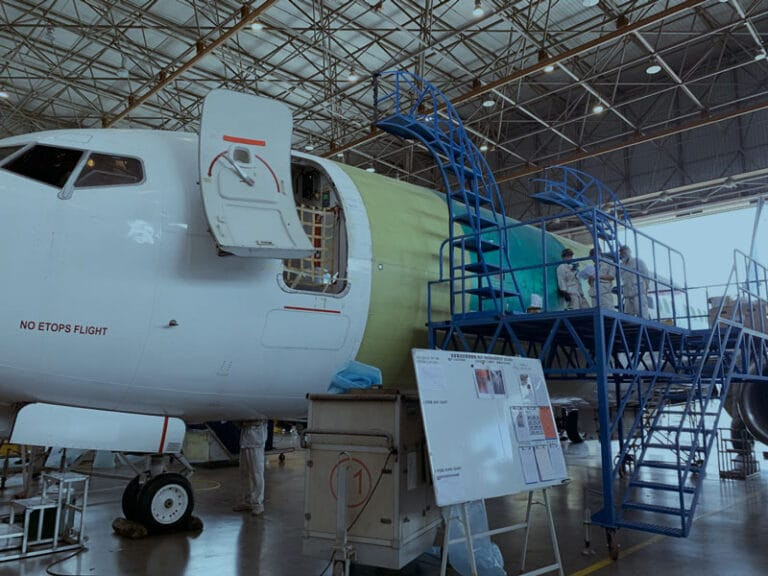The aircraft conversion process is highly intricate, involving multiple stakeholders, including lessors, Maintenance Repair Overhaul (MRO) operations, and operators. As technical representatives, companies like Active Partners are critical in ensuring seamless communication between these parties, overseeing contracts and managing maintenance timelines.
“The key to success lies in managing overlapping procedures like C-Checks, controlling costs, and ensuring regulatory compliance,” Rob De Klerk, Director of Technical Services and Conversions at Active Partners, said.
“At the heart of it, technical representatives play a critical role in maintaining seamless communication and oversight, making sure that every step aligns with safety and efficiency standards.”
Proactive problem solving
Non-routine costs in aircraft conversions can present challenges, particularly when addressing unexpected issues such as material replacements or repairs. Having the MRO to justify every cost and exploring alternatives, like repairs instead of replacements, ensures that the process remains cost-effective for lessors.
Financial management is another critical aspect, maintaining meticulous reports to track costs related to man-hours, materials, and other variable expenses. Maintaining a real-time view of the financial standing of each conversion can prevent unexpected cost overruns.
“Encouraging MRO engineers to think outside the box and consider alternatives not only fosters flexibility but also keeps the conversion process on track, free from unnecessary delays,” De Klerk highlighted.
Future of MRO in Asia
China and Singapore are seen as key hubs for aircraft conversions going forward. This is supported by the increasing demand for Embraer and Airbus A321 conversions, as well as the prospects of newer conversions like the 787 and 777 aircraft in the coming years.
“Poised to lead the future of MRO with their blend of technical expertise and cost-effective labour, these regions are fuelling the growing demand for aircraft conversions and setting the stage for next-generation advancements in aviation.”




